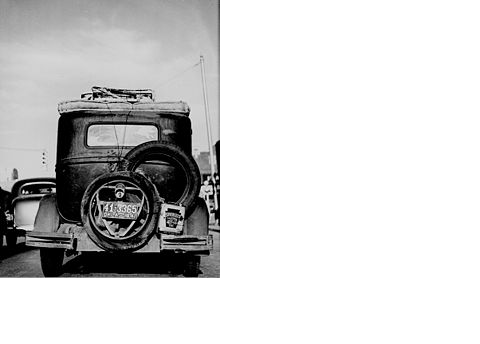Sign up for FlowVella
Sign up with FacebookAlready have an account? Sign in now
By registering you are agreeing to our
Terms of Service
Loading Flow

Okies were escaping two distinct although simultaneous and bordering catastrophes, one economic, the other more environmental. Many Okies–families from Arkansas, Missouri, eastern Oklahoma, and East Texas–were not Dust Bowl refugees but instead were tenant-farming casualties of sinking commodity prices and agricultural mechanization during the 1920s. Beef and oil prices plummeted after World War I, and the price of cotton fell from thirty-five cents per pound in 1919 to six cents in 1931. Farmers hung on by expanding production and assuming more debt, prompting widespread foreclosures after 1929. In an effort to raise prices, the Agricultural Adjustment Act of 1933 subsidized landowners to take land out of production, allowing them to mechanize, consolidate holdings, discontinue leases, and evict sharecroppers. This was especially the case in Oklahoma, which had by far the nation's highest rate of farm tenancy.
